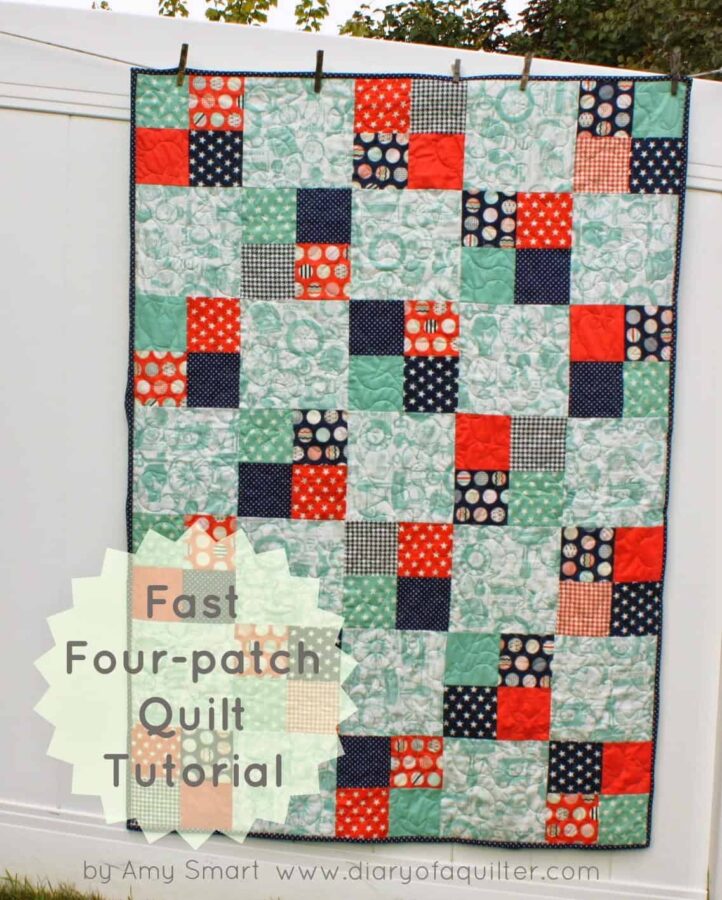1. Choose the right embroidery stitches: When you are looking to decorate your quilt with embroidery, it is important to choose the right type of stitches. Different embroidery stitches can be used to add texture or color to your quilt. Some common embroidery stitches to use are French knots, running stitches, feather stitches, bullion knots, and herringbone stitches.
2. Use the right needle: To achieve the best results when decorating your quilt with embroidery, you will need to use the right type of needle. Embroidery needles are typically longer than regular sewing needles and are often made from stronger metals to resist breakage. The size of the needle should correspond to the type of thread being used.
3. Use the right thread: The type of thread used for embroidery will affect the look and feel of the final product. Cotton embroidery floss is generally the best choice for quilt decorations. It is strong and comes in a variety of colors.
4. Select the right design: Choose a design that will complement the quilt’s overall design. You can use a pattern you find in a book or magazine or create your own. You can also use stencils or stamps to help you create a unique design.
5. Keep tension even: When stitching your design, it is important to keep the thread tension even. This will help ensure that the stitches are even and neat. It is also important to make sure that the thread is not too tight or too loose.
6. Make sure your fabric is secure: Before you start embroidering, make sure the fabric is secure. You can use a hoop or frame to help you keep the fabric taut. This will make it easier to create even stitches and a neater embroidery design.
7. Finish off your quilt: After you’ve completed the embroidery, it is important to finish off your quilt. You can use a backing fabric to protect the stitches and make sure the quilt is secure. You can also use a fabric spray to help protect the quilt and prevent fading.
1. Start by picking out a quilt pattern that you like that has plenty of room for embroidery.
2. Choose a few colors of embroidery thread that will compliment the quilt and bring out the colors of the quilt.
3. Consider the type of stitches you want to use for the project. Traditional quilting stitches like the blanket stitch, feather stitch, and running stitch are great for quilt decoration.
4. Use a hoop to keep the fabric taut while stitching, and also to protect your hands from the needle.
5. When picking out an embroidery design, look for motifs that will look good when repeated around the quilt.
6. When stitching, use the same tension for each stitch, and make sure to knot off the thread at the end of each stitch.
7. If you want to add a bit of sparkle to the quilt, use metallic or glitter threads.
8. When you’re finished stitching, use fabric glue to secure the embroidery to the quilt.
9. To draw attention to the embroidered design, try quilting around it.
10. Finally, finish the quilt by binding the edges with a coordinating fabric.
How to Embroider a Quilt: Essential Tips & Techniques
1. Choose the right type of fabric for your quilt: If you are planning to embroider a quilt, it is important to choose the right type of fabric. You want a fabric that is sturdy and can take the strain of being stitched on. Cotton and linen are the best fabrics for quilting and embroidery.
2. Prepare your fabric: Before you start embroidering, you need to make sure that your fabric is ready. You should pre-wash the fabric if you plan to use it for a quilt. This will help it to be easier to work with and reduce shrinkage.
3. Select an appropriate needle: When you are embroidering a quilt, it is important to select an appropriate needle. You should use a needle that is not too thick or too thin for the fabric you are using.
4. Choose an appropriate thread: When you are embroidering a quilt, it is important to choose an appropriate thread. You should choose a thread that is strong and will not break easily.
5. Make a pattern: Before you start stitching, you should make a pattern. This will help you keep track of what you are stitching and make it easier to create a consistent design.
6. Use a hoop: When you are embroidering a quilt, it is important to use a hoop. This will help keep your fabric taut and make it easier to stitch.
7. Take your time: Embroidering a quilt can be a long and tedious process, so it is important to take your time. If you rush, it will be difficult to get a consistent design.
8. Care for your quilt: After you have finished embroidering your quilt, it is important to take care of it. You should wash it by hand using a mild detergent and air dry it. This will help to keep your quilt looking nice for years to come.
Quilting over Embroidery – A Guide to the Pros and Cons
Quilting over embroidery can be a great way to add texture and dimension to a quilt. However, it is important to understand the pros and cons of this technique before beginning.
Pros:
• Adds texture and dimension to a quilt.
• Can make a quilt look more professional.
• Adds a unique touch to the quilt.
• Embroidery thread is often easier to work with than quilting thread.
Cons:
• Embroidery can be more time consuming than quilting.
• Embroidery is more difficult to unpick than quilting if a mistake is made.
• Embroidery is more expensive than quilting.
• Embroidery thread can be more difficult to match to a quilt color scheme.
How to Use Backing Behind Fabric When Embroidering
When embroidering fabric, it is generally recommended to use a backing behind the fabric. This backing helps to stabilize the fabric and prevent stretching, puckering, and distortion of the embroidery design. It also helps to prevent the fabric from showing through the embroidery. The type of backing used will depend on the type of fabric and the type of embroidery being done.
For lightweight fabrics such as silk, organza, and chiffon, a lightweight stabilizer such as a water-soluble stabilizer is recommended. This type of stabilizer is typically applied to the wrong side of the fabric, and then the fabric is placed on top of the stabilizer. Once the embroidery is complete, the stabilizer can be removed with water.
For medium-weight fabrics such as cotton and linen, a tearaway stabilizer is recommended. This type of stabilizer is applied to the wrong side of the fabric and then the fabric is placed on top. Once the embroidery is complete, the stabilizer can be easily torn away.
For heavier fabrics such as denim and canvas, a cutaway stabilizer is recommended. This type of stabilizer is applied to the wrong side of the fabric and then the fabric is placed on top. Once the embroidery is complete, the excess stabilizer can be cut away with a pair of scissors.
No matter what type of backing is used, it is important to test it out on a scrap piece of fabric first to make sure it works well with the fabric and the embroidery design.
3 Essential Quilting Techniques Everyone Should Know
1. Piecing: Piecing is the process of joining together fabric pieces to form a quilting block, pattern, or quilt top. Piecing always starts with a fabric pattern, which is used to create a template. This template is then traced onto the fabric, cut out, and sewn together.
2. Quilting: Quilting involves stitching together two pieces of fabric to create a quilt top. This is usually done with a quilting machine or by hand stitching. Quilting can be done in many different patterns and styles, which can create different effects.
3. Binding: Binding is the process of finishing off a quilt with a decorative edge. This is usually done by sewing a strip of fabric around the edge of the quilt to secure all the layers together. The binding can be done by machine or by hand stitching.
This guide for decorating quilts with embroidery is an excellent resource for quilters of all skill levels. It provides clear instructions for creating beautiful designs, as well as tips and tricks for achieving a professional-looking finish. As quilters become more confident in their embroidery skills, they can also experiment with different techniques and incorporate their own creative touches into their projects. With a little practice, quilters can create beautiful quilts with a unique, personalized touch.
1. Use a stabilizer when embroidering on quilts to help prevent the stitches from sinking into the batting.
2. Choose embroidery designs that complement the quilt’s overall theme and color palette.
3. Use a quilting hoop to help stabilize the fabric and keep it from shifting while stitching.
4. Consider using decorative thread to add a unique touch to embellishments.
5. Use small embroidery stitches to create detailed designs that will not overpower the quilt.
6. Place the embroidery in blocks in the quilt and use coordinating thread to create a cohesive look.
7. When stitching, use a back stitch for outlining and a running stitch for filling in designs.
8. Consider using a computerized embroidery machine for intricate designs that would be difficult to do by hand.


